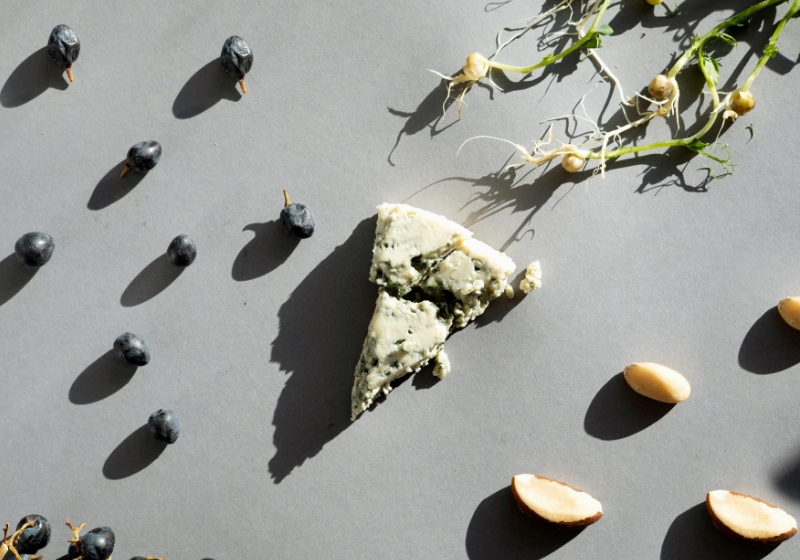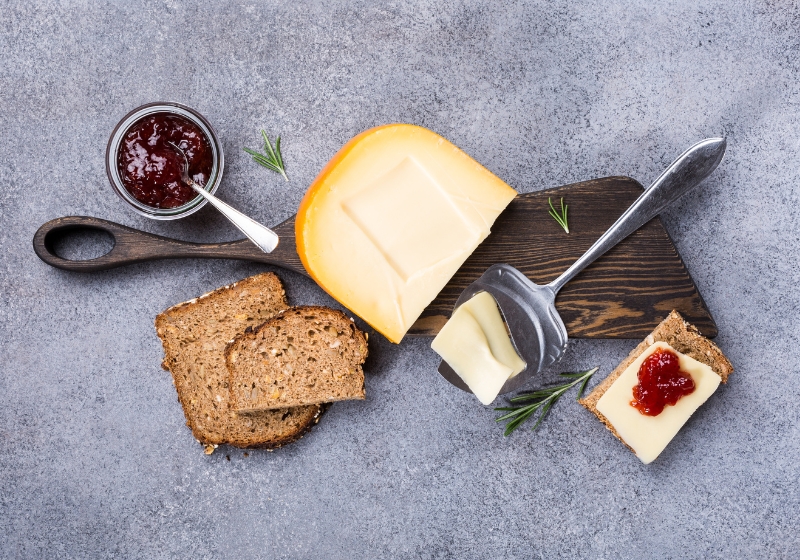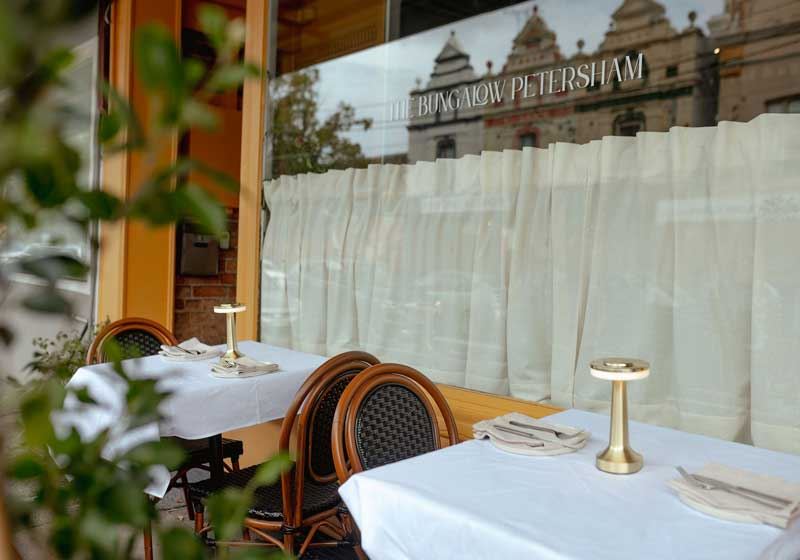By Joseph Steele.
The cheese scene in Australia is akin to a masterfully painted mural, each stroke representing the rich terroirs and time-honoured cheesemaking techniques from its varied landscapes. This gastronomic journey is nothing short of captivating, inviting us to delve deep into the unique characteristics that distinguish each region of this expansive nation.
Cheesemakers are not just artisans; they are alchemists. Skilfully weaving the magic of their local environments – the climate, the native flora – into their craft. The result? A grand ensemble of cheese, each a reflection of its homeland, that come together in a harmonious balance of tastes and textures. This is more than cheese; it's an edible love letter to Australia's diverse cheese culture.

Tasting notes: Rich and creamy with a subtle to intense acidity, sometimes tinged with a touch of mushroom or earthiness.
Look out for: The ideal texture for a Tasmanian blue cheese is creamy and moist and the flavour should be mild and not overdone by the blue mold.

Tasting notes: A delicate, bloomy rind complements the buttery, creamy flavour. The aroma of the cheese might change from somewhat grassy to mushroomy as it ages.
Look out for: Be on the lookout for an ammonia-like odour and a uniformly creamy texture.

Tasting notes: Firm and somewhat crumbly texture; nutty flavour; faint fruitiness.
Look out for: An even, smooth paste free of cracks or dryness and a balanced flavour profile are qualities that should be present in a well-made semi-hard cheese.

Tasting notes: Tart and bright with a silky, spreadable consistency. A zestiness reminiscent of lemon is common in fresh types.
Look out for: If you want your goats' cheese to taste clean and not too goaty, make sure it's fresh. Graininess is not an acceptable texture.

Tasting notes: Delicious and multi-faceted, with a wide age range that begins with milder, nuttier cheeses and progresses to stronger, savoury ones.
Look out for: Try to find something with a distinct texture, such as a crumbly or creamy texture, and a flavour that strikes a good balance between savoury and sweet flavours, without being too strong.
These regional styles showcase the diverse and rich cheese-making disciplines of Australia, each one capturing the spirit of its terroir. The cheese map of Australia is just as varied as its terrain, spanning from the unique sheep's cheese of Western Australia to the world-renowned blue cheese of Tasmania.
Take your own tour of Australia’s prized cheese and let us know your favourites!








